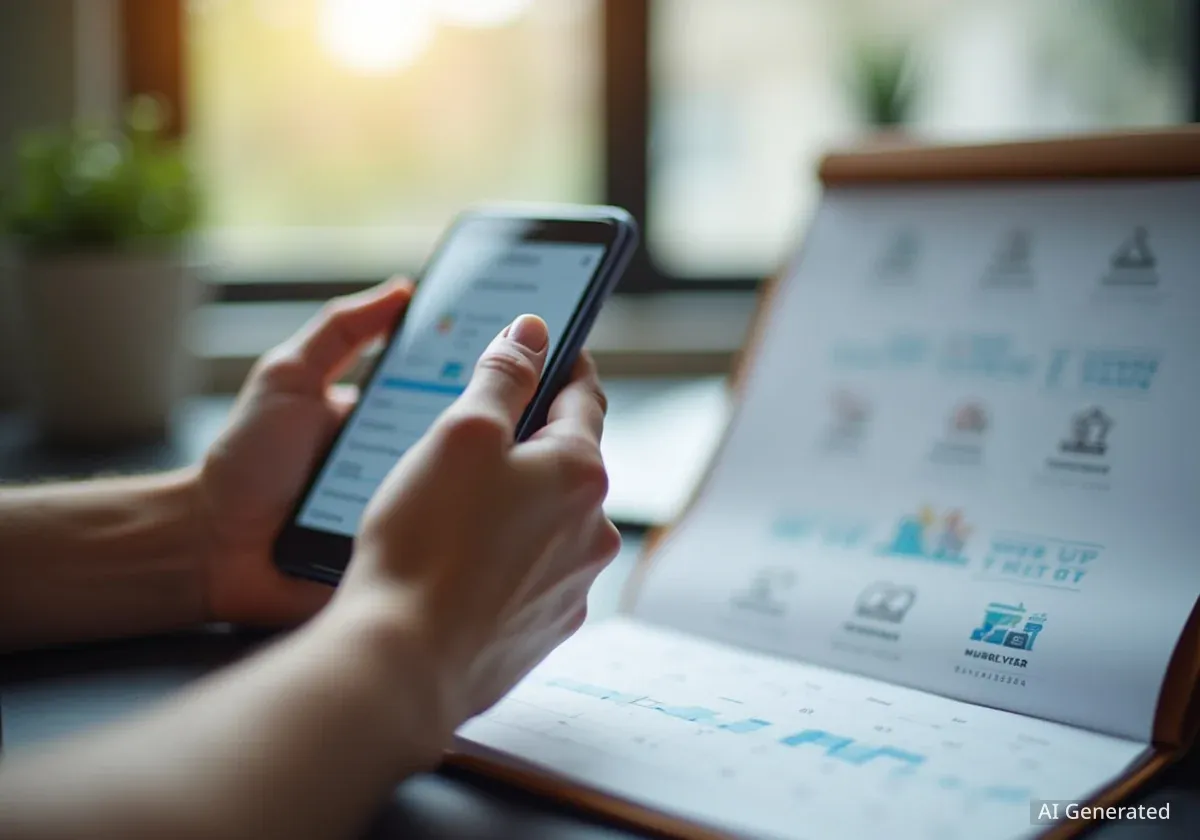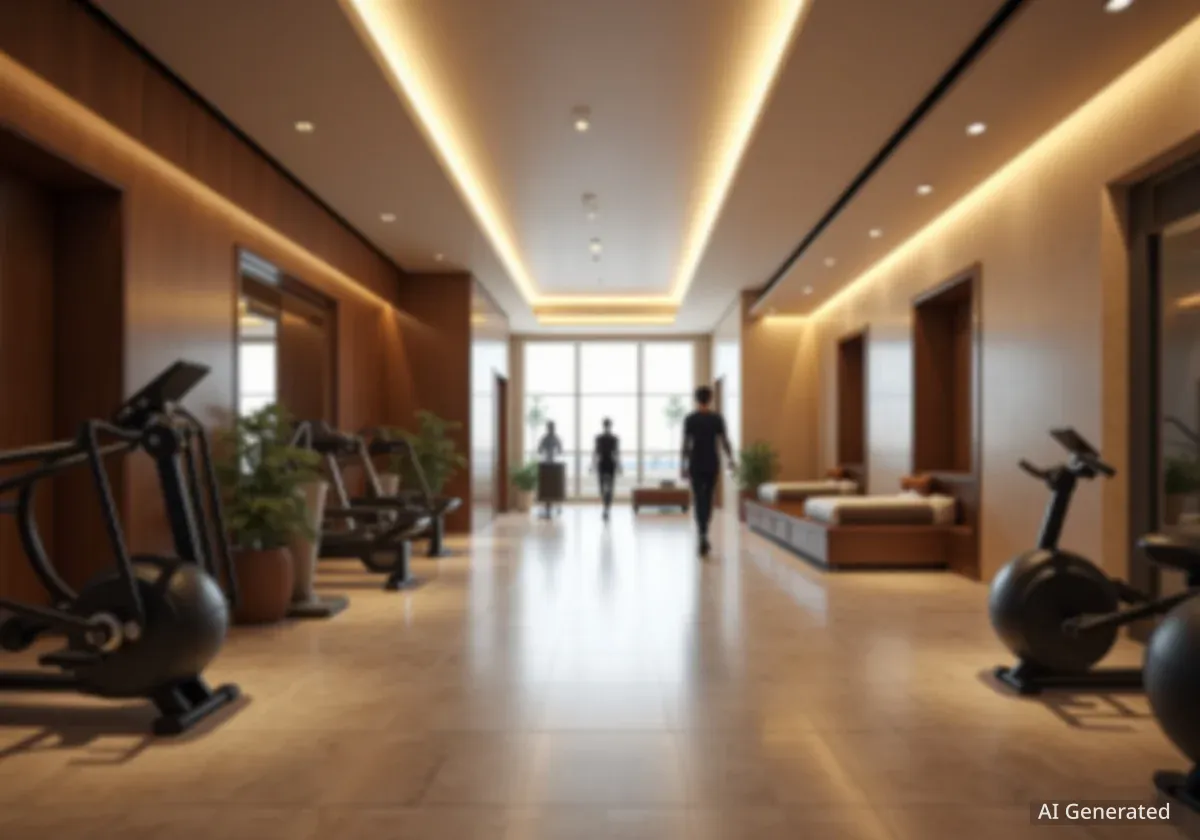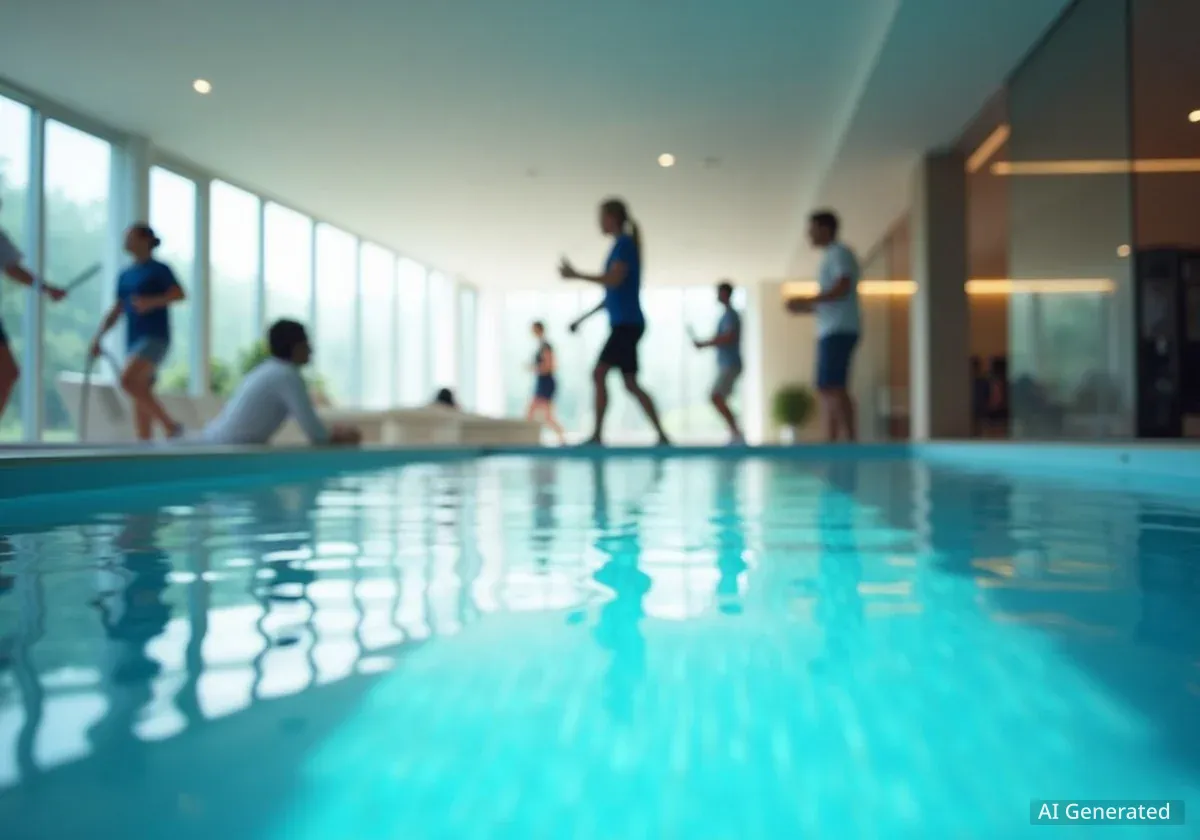A significant portion of the population reports feeling perpetually connected to the internet, a trend driven by smartphones designed to foster addictive behaviors. Research from the Pew Research Center found that 41% of Americans feel they are online almost constantly, highlighting a cultural shift towards continuous digital engagement.
This constant connectivity can negatively impact productivity, mental clarity, and personal relationships. However, experts suggest that implementing specific, consistent strategies can help individuals regain control over their device usage, leading to improved focus and overall well-being. These methods focus on creating intentional separation from devices and restructuring daily routines.
Key Takeaways
- Studies show it takes an average of 66 days to form a new habit, requiring patience when reducing phone use.
- Creating physical distance from your phone, such as designated "no-phone zones," is a highly effective strategy.
- Scheduling specific times to check notifications, rather than reacting instantly, can significantly boost productivity.
- Setting clear boundaries with clients and colleagues about availability is crucial for managing professional expectations.
The Science of Constant Connection
The feeling of being unable to disconnect is not a personal failure but often a result of deliberate design. Smartphones and applications are engineered to trigger the release of dopamine, a neurotransmitter associated with pleasure and reward. This creates a compelling feedback loop that encourages repetitive behaviors like checking for notifications or scrolling through social media feeds.
This constant stimulation can lead to a state of scattered focus and decreased productivity. Research has demonstrated that frequent interruptions from a phone, even just a buzz or a notification, can disrupt concentration for several minutes, making it difficult to engage in deep, focused work.
By the Numbers
According to a Pew Research Center study, 41 percent of Americans report being online "almost constantly." This figure underscores the pervasive nature of digital connectivity in modern life and the challenges many face in disconnecting.
Building Healthier Habits Takes Time
Changing ingrained behaviors, such as frequent phone checking, requires a patient and methodical approach. The popular myth that a habit can be formed in 21 days has been largely debunked by modern research. A study published in the European Journal of Social Psychology found that it takes, on average, 66 days for a new behavior to become automatic.
This extended timeline means that individuals should focus on consistency over perfection. Occasional slip-ups are a natural part of the process. The key is to start with small, manageable changes and gradually build on them over time rather than attempting a drastic and unsustainable overhaul of daily routines.
Practical Strategies for Digital Wellbeing
Experts recommend several actionable steps to reduce reliance on smartphones. These strategies are designed to create intentional friction, making it easier to choose non-digital activities.
1. Establish No-Phone Zones and Times
One of the most effective methods is to create physical and temporal boundaries. This involves designating specific areas or times of day where phones are not allowed. For example, making the dinner table or the bedroom a phone-free zone can improve social connection and sleep quality.
Another approach is to "put your phone to bed." This involves placing the device in a separate room, such as an office, at a set time each evening—for instance, at 8 p.m.—and leaving it there to charge overnight. This simple act of creating distance reduces the impulse for late-night scrolling and early-morning checking.
2. Revert to Analog Tools
Many people rely on their smartphone as an all-in-one tool, which increases dependency. Using analog alternatives for basic functions can be a powerful way to disconnect. A primary example is replacing the phone's alarm with a traditional alarm clock. This removes the temptation to check emails and social media immediately upon waking, allowing for a more mindful start to the day.
3. Schedule Communication in Batches
In many professional fields, there is an expectation of constant availability. However, reacting to every notification is a significant drain on focus. A more productive method is to batch communications. Instead of responding to texts, emails, and calls as they arrive, schedule specific blocks of time—perhaps every two to three hours—to check and respond to all messages at once. This protects large blocks of time for uninterrupted work.
A Professional Perspective
For client-facing professionals, the pressure to be constantly available can be immense. Pam Blair, a real estate broker, emphasizes the importance of perspective. She often recalls advice from an escrow officer: "No one is dying." While the work is important, most matters are not life-or-death emergencies. This mindset helps justify creating space for focused work and personal time.
4. Curate Your Digital Environment
If aimless scrolling on social media is a primary issue, a direct solution is to remove the source of the temptation. Deleting social media applications from your phone can be a transformative step. Accessing these platforms solely from a computer requires more intention and makes mindless scrolling less likely. Committing to this for the 66-day habit-formation period can permanently alter usage patterns.
Setting Professional Boundaries and Expectations
For professionals, managing phone use is not just about personal discipline; it's also about managing the expectations of others. Clearly communicating your availability and work hours is essential for building a sustainable work-life balance.
Inform clients of your standard working hours and typical response times. It can also be helpful to let them know about specific times you are unavailable, such as a dedicated afternoon for personal activities. This transparency builds trust and respect.
"Boundaries build trust and encourage independence among team members."
Establishing a protocol for urgent matters is also important. For example, instructing team members to call for truly urgent issues, rather than text or email, helps filter what requires immediate attention. This empowers colleagues to be more discerning and independent while ensuring critical information is still received promptly.
Ultimately, the discipline of managing phone use is a continuous practice. By implementing these strategies one at a time, individuals can cultivate greater presence, enhance creativity, and achieve a healthier relationship with technology. This not only improves professional performance but also enriches personal connections.



